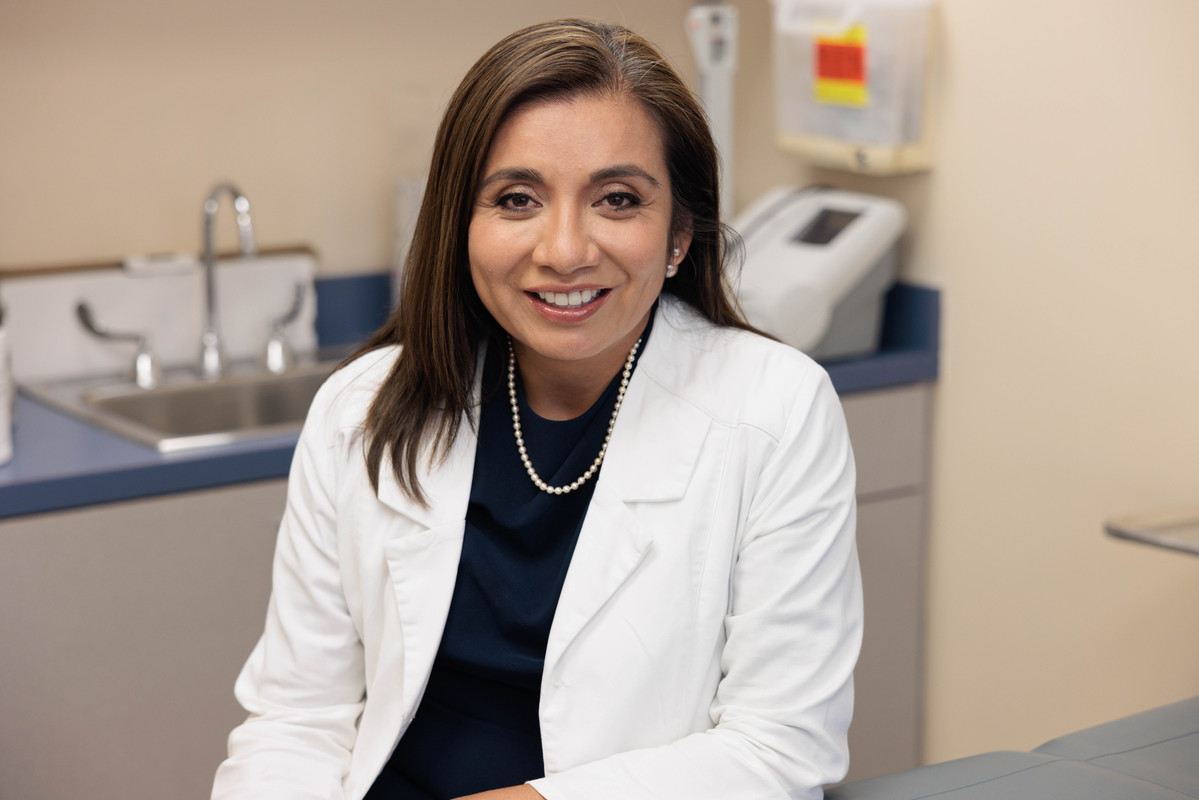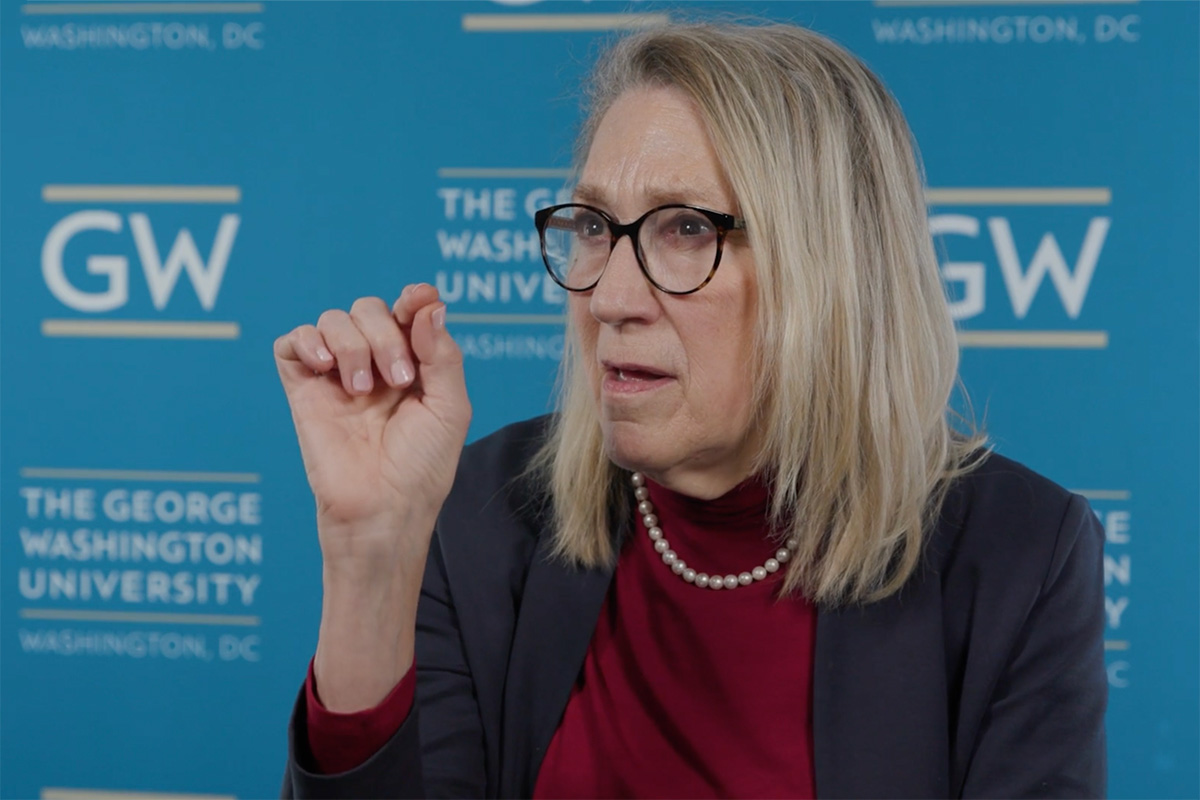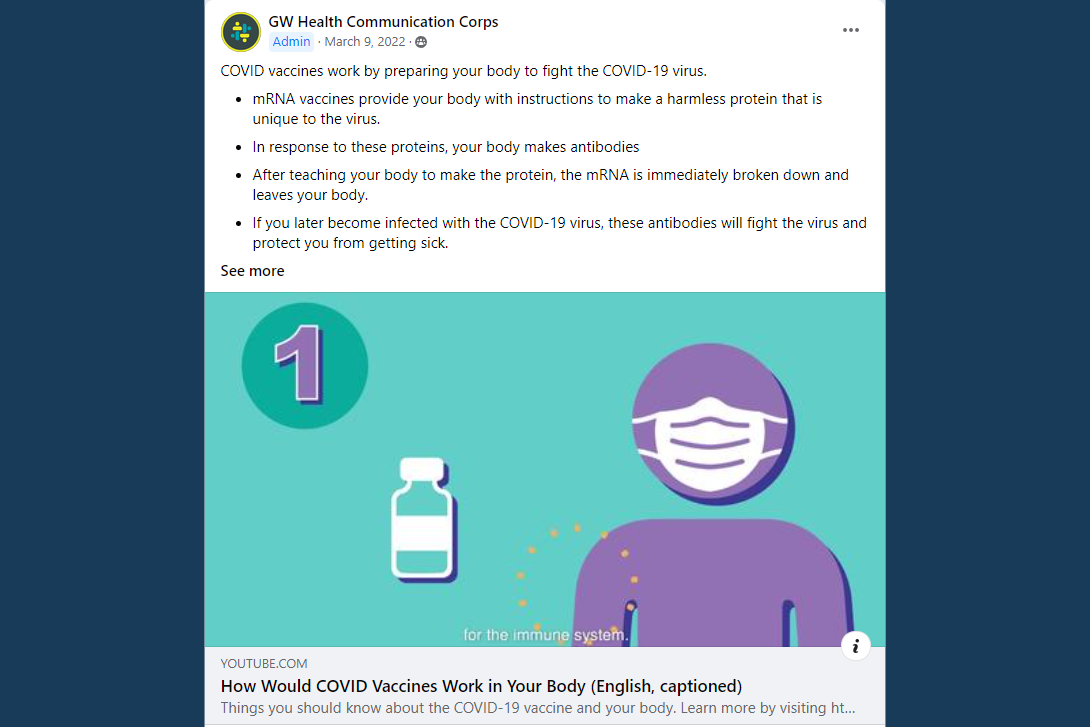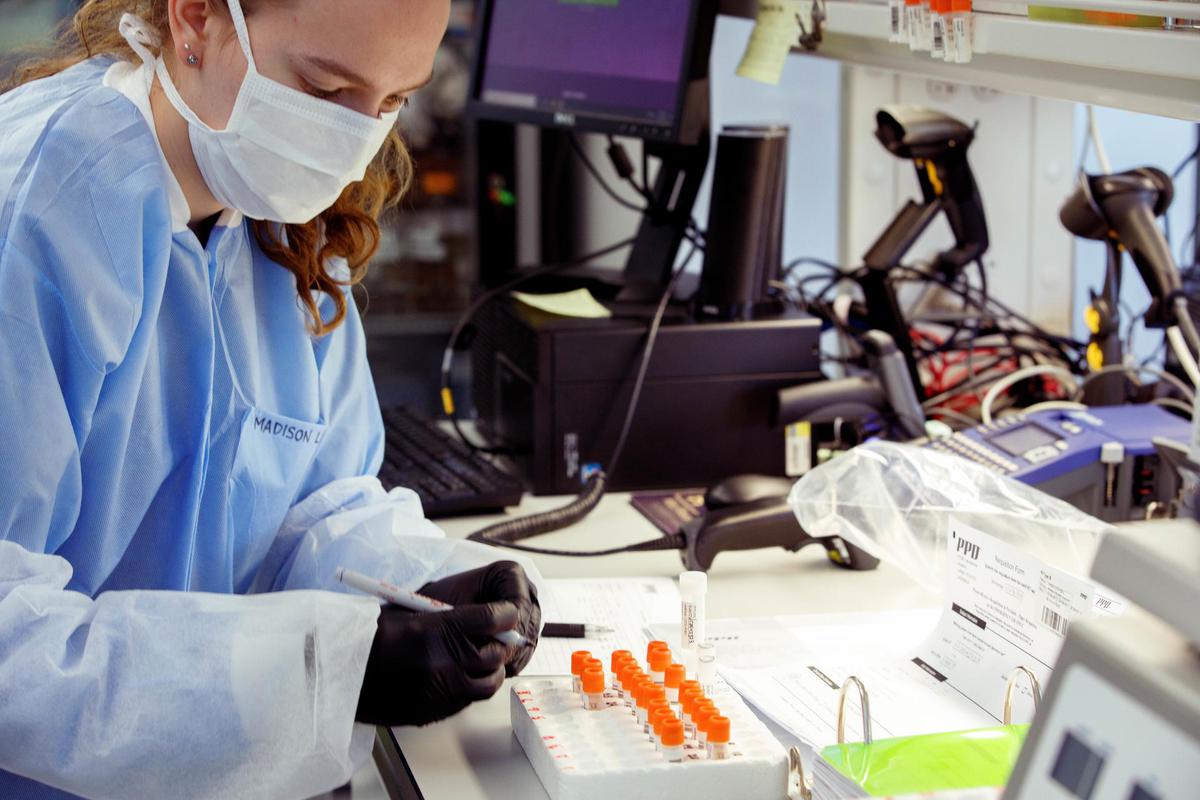In March 2020, the world as we knew it shut down.
The COVID-19 pandemic swept across the planet, touching every corner of society from science and medicine to the economy, politics and race. In its wake, the virus overwhelmed hospitals, crippled industries and forced institutions like the George Washington University to move to remote work and learning. Today, over seven million people worldwide have died of COVID-19—including more than 1.18 million Americans.
But Associate Professor of Medicine Maria Elena Ruiz, B.A., B.S. ’93, M.D. ’97, believes that the once-in-a-generation pandemic will also be remembered for society’s triumphs—like moments of personal sacrifice and extraordinary scientific advancements.
“When we pause and look back at all that we did—not just doctors, but teachers, kids who stayed home from school, volunteers who helped people sign up for vaccines—we’ll say, ‘We worked together and did our part,’” she said.
Ruiz, director of epidemiology at George Washington University Hospital and director of the GW Travelers Clinic, spoke with GW Today about how the pandemic has permanently altered our lives, the lessons we learned and whether we will be better prepared if—or when—it happens again.
Q: Where are we now? Four years later, what does the COVID landscape look like?
A: COVID has become a disease that we‘ll see year-to-year. It’s here to stay. But we’re in a much better position today because we’re highly vaccinated, and we have [some] natural immunity in the people that have acquired COVID. We understand transmission. We understand how the disease evolves, and we understand what treatments work—and don’t work.
So in terms of where we are now, we’re in a totally different place than four years ago.
Q: So is COVID just a reality in our lives now that we’ll have to learn to cope with?
A: Yes, I think so. We will continue to need vaccinations, probably yearly. If I had to make a prediction, I think there will be vaccines that are co-formulated for influenza and COVID and other respiratory viruses so people can get just one shot and be protected for the season. At some point it’ll become like other viruses that we cope with. Obviously, we will try to prevent its spread. But it’ll be something that we take as just part of our lives.
Q: I want to ask you about your personal experiences as a physician. What memories of the COVID outbreak stay with you?
A: I think of it as being frozen in time. It was like everything stopped. I was working at MedStar Washington Hospital Center, which is the largest hospital in D.C. But I remember how empty the hospital felt. There were no visitors. The cafeteria was closed. It was quiet—but with frenzied activity. There were three codes going on at the same time and frantic calls for anesthesia. I walked into the ICU and found every patient there being ventilated. I have this vision of it like an ant colony—all of us like worker ants covered in our blue gowns and masks. It was just massive action.
Q: How do you cope with such a surreal situation? Even four years later, does it still affect you?
A: Surreal is a good word for it. It was like there were two realities. I would go to work and there would be this one reality. And then I would come home and people would be living quasi-normal lives. They were in isolation, but they were worrying about food and watching TV. It felt detached.
I dreamed a lot more during COVID than I normally do. I would dream of a non-COVID world. In my dreams, I would think, “Oh, that COVID world was the dream and this is reality.” And then I’d wake up.
Even as doctors, nothing prepared us for the amount of death that we saw. I think most providers that took care of COVID patients in acute settings are still processing that loss. We’re starting to come out of it. But it’s hard.
Q: What were the positive lessons we learned from COVID? What did we get right?
A: What we got right is that, as a society, we pulled together. We learned we can work as a team, we can rely on each other. And, of course, the development of the vaccines is a remarkable achievement—the isolation of the virus, the creation and testing of a vaccine, the mass production and delivery. And scientists shared this knowledge openly around the world.
Q: On the other hand, what did we get wrong?
A: When you look at any big undertaking, there are always lessons learned. For me, one of the big ones is the messaging job we did in the health community. The messages needed to be more simple and directed. In retrospect, we should have done a better job of helping people gain a baseline knowledge about health and medicine so there were no misconceptions about, for example, how vaccines work or when people should mask.
Another lesson was that some of the COVID studies at the time later turned out not to be accurate. Some of these articles were disseminated before they underwent full peer review. That can be problematic. I understand the reason we shared all that information. But I think now, as a personal lesson, if the next pandemic comes, and I see something that hasn’t been peer reviewed, it will give me pause.
Q: If something like this happens again, will we be better prepared?
A: I really think we will.
I know a lot of people are saying, “I will never go into quarantine again. I won’t keep my kids home from school. I’ll never give up those freedoms.” Those sort of things.
But now that we understand how infections can be transmitted, I think we will be better with public health measures. People will have that knowledge and experience of wearing a mask, washing their hands and, hopefully, accepting a new vaccine.
And while our healthcare systems have not fully recovered—we are still experiencing challenges like staffing and financial burdens—we learned that we can do this. We can shift. We can learn quickly. If this happens again, I think everyone—the medical establishment and society in general—will be motivated by preserving life and helping those that need us.





